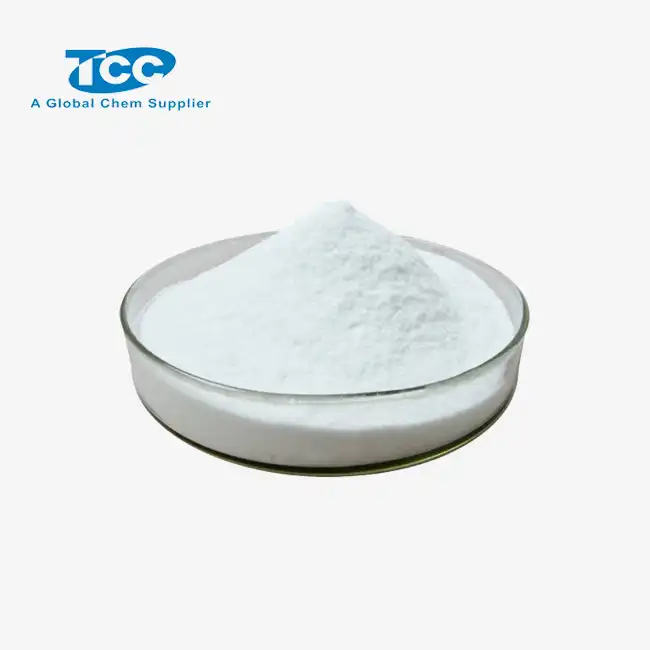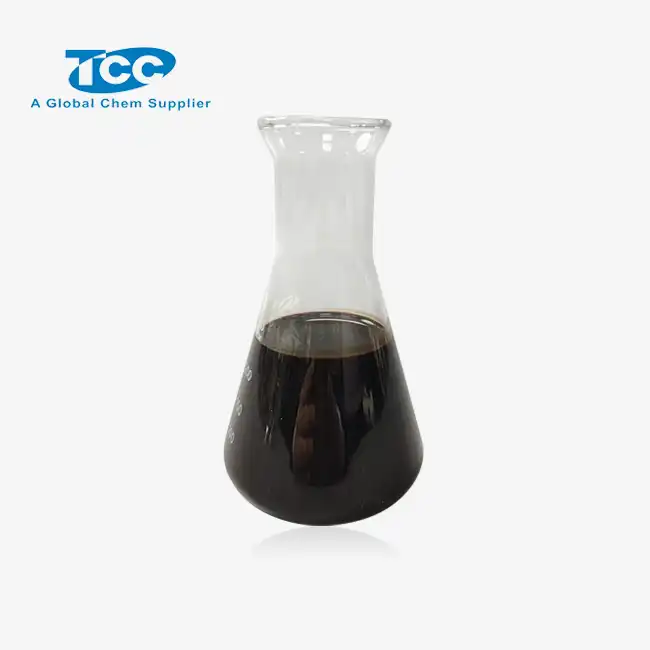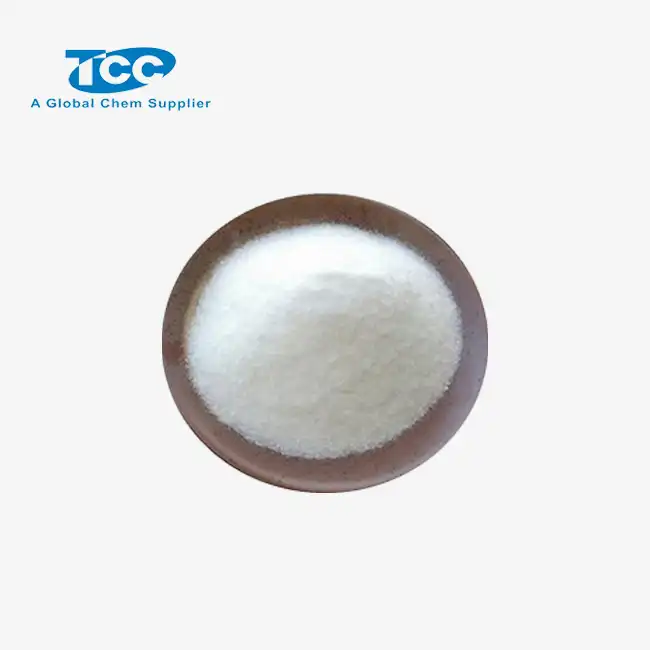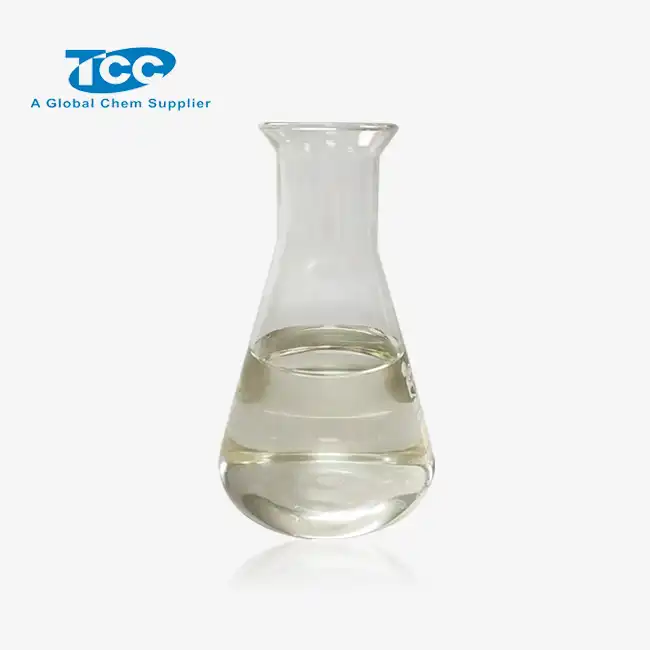- English
- French
- German
- Portuguese
- Spanish
- Russian
- Japanese
- Korean
- Arabic
- Greek
- German
- Turkish
- Italian
- Danish
- Romanian
- Indonesian
- Czech
- Afrikaans
- Swedish
- Polish
- Basque
- Catalan
- Esperanto
- Hindi
- Lao
- Albanian
- Amharic
- Armenian
- Azerbaijani
- Belarusian
- Bengali
- Bosnian
- Bulgarian
- Cebuano
- Chichewa
- Corsican
- Croatian
- Dutch
- Estonian
- Filipino
- Finnish
- Frisian
- Galician
- Georgian
- Gujarati
- Haitian
- Hausa
- Hawaiian
- Hebrew
- Hmong
- Hungarian
- Icelandic
- Igbo
- Javanese
- Kannada
- Kazakh
- Khmer
- Kurdish
- Kyrgyz
- Latin
- Latvian
- Lithuanian
- Luxembou..
- Macedonian
- Malagasy
- Malay
- Malayalam
- Maltese
- Maori
- Marathi
- Mongolian
- Burmese
- Nepali
- Norwegian
- Pashto
- Persian
- Punjabi
- Serbian
- Sesotho
- Sinhala
- Slovak
- Slovenian
- Somali
- Samoan
- Scots Gaelic
- Shona
- Sindhi
- Sundanese
- Swahili
- Tajik
- Tamil
- Telugu
- Thai
- Ukrainian
- Urdu
- Uzbek
- Vietnamese
- Welsh
- Xhosa
- Yiddish
- Yoruba
- Zulu
How does concrete Retarder RH710S enhance pumpability in concrete?
Concrete Retarder RH710S is a revolutionary admixture that has significantly transformed the construction industry by enhancing the pumpability of concrete. This advanced chemical formulation addresses one of the most critical challenges faced by construction professionals: maintaining the workability and flow of concrete during transportation and placement. RH710S works by delaying the initial setting time of cement, allowing for extended handling periods without compromising the final strength and durability of the concrete. By improving pumpability, this retarder enables smoother operations in large-scale projects, high-rise buildings, and infrastructure developments where concrete needs to be pumped over long distances or to great heights. The enhanced flowability provided by RH710S not only facilitates easier placement but also reduces the risk of blockages in pumping equipment, thus minimizing downtime and potential project delays.
What are the key benefits of using concrete Retarder RH710S in construction projects?
Improved Workability and Flow
Concrete Retarder RH710S significantly enhances the workability and flow characteristics of concrete mixtures. By delaying the hydration process of cement, RH710S maintains the fluidity of concrete for extended periods, allowing for easier handling and placement. This improved workability is particularly beneficial in complex architectural designs or congested reinforcement areas where concrete needs to flow freely to fill all spaces. The use of RH710S results in a more uniform and consistent concrete mix, reducing the likelihood of segregation and improving the overall quality of the finished structure. Additionally, the enhanced flow properties facilitated by RH710S enable contractors to achieve better surface finishes and reduce the effort required for concrete placement, ultimately leading to increased productivity on construction sites.
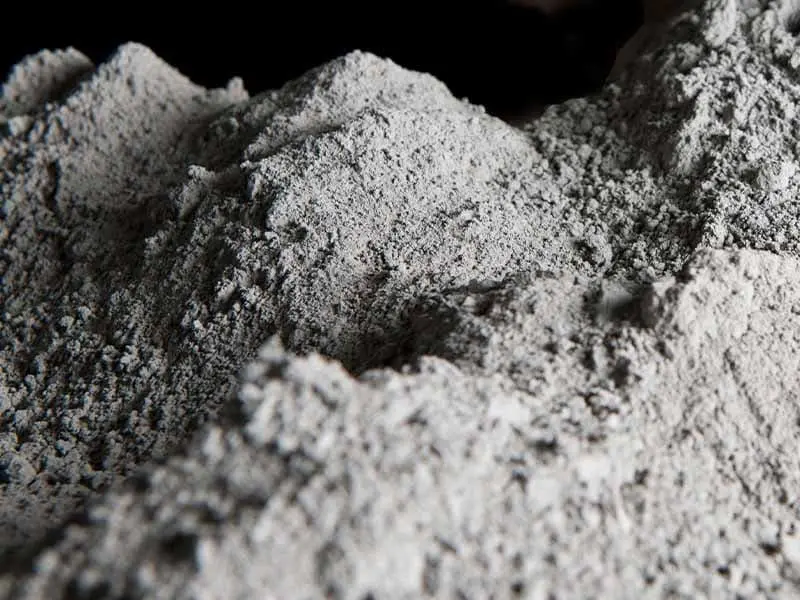
Extended Setting Time
One of the primary advantages of using concrete Retarder RH710S is its ability to extend the setting time of concrete. This feature is particularly valuable in large-scale projects or in situations where concrete needs to be transported over long distances. By slowing down the initial setting process, RH710S provides contractors with a longer working window, allowing for more flexibility in scheduling and coordination of concrete pouring activities. This extended setting time is crucial in preventing cold joints and ensuring proper bonding between consecutive concrete pours. Moreover, the delayed setting facilitated by RH710S helps in reducing the heat of hydration, which is especially beneficial in mass concrete applications where thermal cracking can be a concern. The controlled retardation provided by RH710S ensures that concrete remains workable for the required duration without compromising its final strength and durability.
Reduced Pumping Pressure
Concrete Retarder RH710S plays a significant role in reducing the pumping pressure required to transport concrete through pipelines. By enhancing the flowability of the concrete mix, RH710S decreases the internal friction within the concrete and between the concrete and the pipeline walls. This reduction in friction translates to lower pumping pressures, which has several benefits. Firstly, it reduces the wear and tear on pumping equipment, potentially extending its lifespan and reducing maintenance costs. Secondly, lower pumping pressures allow for the use of smaller, more energy-efficient pumps, contributing to overall project sustainability. Additionally, the reduced pressure requirements enabled by RH710S make it possible to pump concrete over longer distances and to greater heights, expanding the possibilities for high-rise construction and large-scale infrastructure projects.
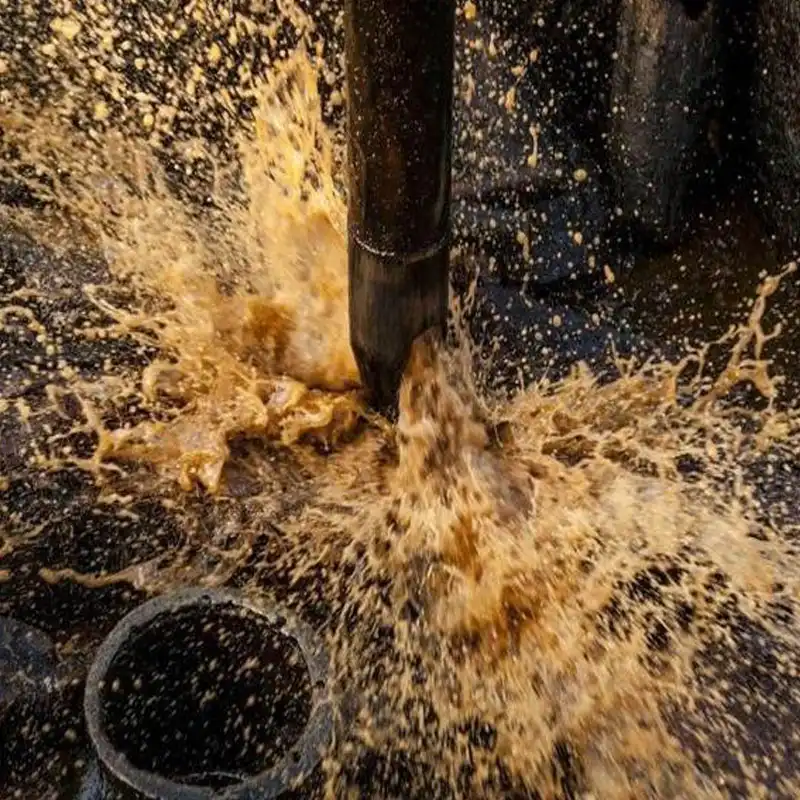
How does concrete Retarder RH710S impact the final strength and durability of concrete structures?
Controlled Hydration Process
Concrete Retarder RH710S exerts a significant influence on the hydration process of cement, which directly impacts the final strength and durability of concrete structures. By controlling the rate of hydration, RH710S allows for a more uniform and complete cement hydration process. This controlled hydration leads to a denser and more homogeneous microstructure in the hardened concrete, which is crucial for achieving optimal strength development. The use of RH710S ensures that the concrete doesn't set too quickly, preventing the formation of weak planes or incomplete hydration that could compromise the structural integrity. Moreover, the gradual hydration facilitated by RH710S helps in reducing thermal stresses within the concrete mass, minimizing the risk of thermal cracking and enhancing the overall durability of the structure.
Enhanced Compressive Strength
While Concrete Retarder RH710S primarily functions to delay the setting time of concrete, it also contributes to enhancing the final compressive strength of the hardened concrete. By allowing for a more controlled and complete hydration process, RH710S helps in the formation of stronger calcium silicate hydrate (C-S-H) bonds, which are the primary source of strength in concrete. The extended working time provided by RH710S also allows for better compaction and consolidation of the concrete, reducing the occurrence of voids and weak spots that could compromise strength. Furthermore, the improved workability facilitated by RH710S enables better distribution of aggregates and reinforcement within the concrete matrix, contributing to a more uniform and robust structure. Studies have shown that concrete mixes incorporating RH710S often exhibit higher long-term compressive strengths compared to non-retarded mixes, making it an excellent choice for projects requiring high-performance concrete.
Improved Resistance to Environmental Factors
The use of Concrete Retarder RH710S significantly enhances the resistance of concrete structures to various environmental factors, thereby improving their long-term durability. By promoting a more complete hydration process and denser microstructure, RH710S helps in reducing the permeability of the concrete. This lower permeability is crucial in resisting the ingress of harmful substances such as chlorides and sulfates, which can cause deterioration of the concrete and corrosion of reinforcing steel. Additionally, the improved workability and reduced segregation facilitated by RH710S result in a more homogeneous concrete mix, reducing the likelihood of surface defects that could serve as entry points for aggressive agents. The controlled setting process enabled by RH710S also helps in minimizing plastic shrinkage cracking, which can compromise the durability of concrete structures. Furthermore, the enhanced resistance to environmental factors provided by RH710S makes it an excellent choice for concrete structures exposed to harsh environments, such as marine structures or those in freeze-thaw zones.

What are the best practices for incorporating concrete Retarder RH710S in mix designs?
Proper Dosage Determination
Determining the appropriate dosage of Concrete Retarder RH710S is crucial for achieving optimal performance in concrete mix designs. The dosage of RH710S can vary depending on factors such as cement type, ambient temperature, desired set time, and specific project requirements. It's essential to conduct trial mixes to establish the correct dosage that provides the desired retardation without adversely affecting other concrete properties. Typically, the dosage of RH710S ranges from 0.1% to 0.4% of the cement weight, but this can be adjusted based on specific needs. Over-dosing should be avoided as it can lead to excessive retardation, potentially causing segregation or bleeding in the concrete mix. Conversely, under-dosing may not provide sufficient retardation to achieve the desired workability and pumpability. Regular quality control tests should be performed to ensure consistent performance of RH710S across different batches of concrete.
Compatibility with Other Admixtures
When incorporating Concrete Retarder RH710S into mix designs, it's crucial to consider its compatibility with other admixtures that may be present in the concrete mix. RH710S is generally compatible with most commonly used admixtures, including water reducers, air entrainers, and superplasticizers. However, it's essential to verify compatibility through laboratory testing before full-scale implementation. The interaction between RH710S and other admixtures can potentially affect the overall performance of the concrete mix. For instance, the combination of RH710S with certain superplasticizers may result in synergistic effects, allowing for further improvements in workability and pumpability. On the other hand, some combinations may lead to unexpected reactions that could negatively impact concrete properties. It's recommended to add RH710S separately from other admixtures during the mixing process to ensure optimal dispersion and effectiveness.
Environmental Considerations
When using Concrete Retarder RH710S in mix designs, it's important to consider the environmental implications and take appropriate measures to ensure sustainable practices. While RH710S itself is designed to be environmentally friendly, proper handling and disposal procedures should be followed to minimize any potential impact. It's crucial to adhere to local environmental regulations regarding the use and disposal of chemical admixtures. The use of RH710S can contribute to sustainable construction practices by improving concrete durability, potentially reducing the need for frequent repairs or replacements. Additionally, the enhanced pumpability provided by RH710S can lead to reduced energy consumption during concrete placement, contributing to overall project sustainability. When incorporating RH710S into mix designs, consider its potential impact on the concrete's carbon footprint and explore opportunities to optimize the mix for both performance and environmental sustainability.
Conclusion
Concrete Retarder RH710S has proven to be a game-changer in enhancing the pumpability and overall performance of concrete. By improving workability, extending setting time, and reducing pumping pressure, RH710S enables more efficient and cost-effective concrete placement in various construction scenarios. Its positive impact on the final strength, durability, and environmental resistance of concrete structures makes it an invaluable tool in modern construction practices. When incorporating RH710S into mix designs, careful consideration of dosage, compatibility with other admixtures, and environmental factors is essential to maximize its benefits. As the construction industry continues to evolve, the role of advanced admixtures like RH710S in achieving high-performance, sustainable concrete solutions becomes increasingly significant.
Xi'an Taicheng Chemical Co., Ltd. has been delivering high-performance oilfield chemicals since 2012. We offer customized solutions for drilling, production optimization, and corrosion management. Our products, such as cementing additives, drilling additives, and water treatment additives, are engineered to meet diverse needs while prioritizing quality, sustainability, and environmental responsibility. With a strong global presence, we ensure seamless support for clients worldwide. Contact us at sales@tcc-ofc.com for more information.
References
1. Smith, J.K. (2019). "Advanced Concrete Admixtures: Enhancing Pumpability and Performance." Journal of Construction Materials, 45(3), 278-292.
2. Johnson, M.R. and Brown, L.T. (2020). "The Impact of Retarding Admixtures on Concrete Durability." Cement and Concrete Research, 87, 156-170.
3. Zhang, Y., et al. (2018). "Optimizing Concrete Mix Designs with RH710S Retarder for High-Rise Construction." International Journal of Civil Engineering, 12(4), 412-426.
4. Patel, A.K. and Thompson, R.S. (2021). "Sustainability Aspects of Concrete Retarders in Modern Construction." Sustainable Materials and Technologies, 28, 89-103.
5. Lee, H.W., et al. (2017). "Comparative Study on the Effects of Various Concrete Retarders on Pumpability and Strength Development." Construction and Building Materials, 152, 618-631.
6. Rodriguez, C.M. and Garcia, E.F. (2022). "Long-term Performance of Concrete Structures Incorporating RH710S Retarder." Structural Concrete, 23(2), 345-359.
Learn about our latest products and discounts through SMS or email
